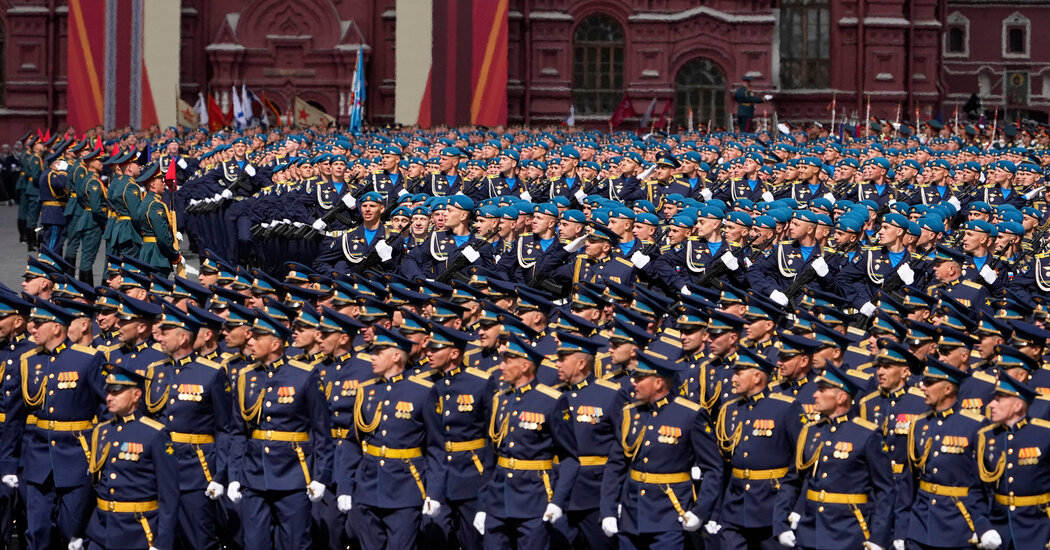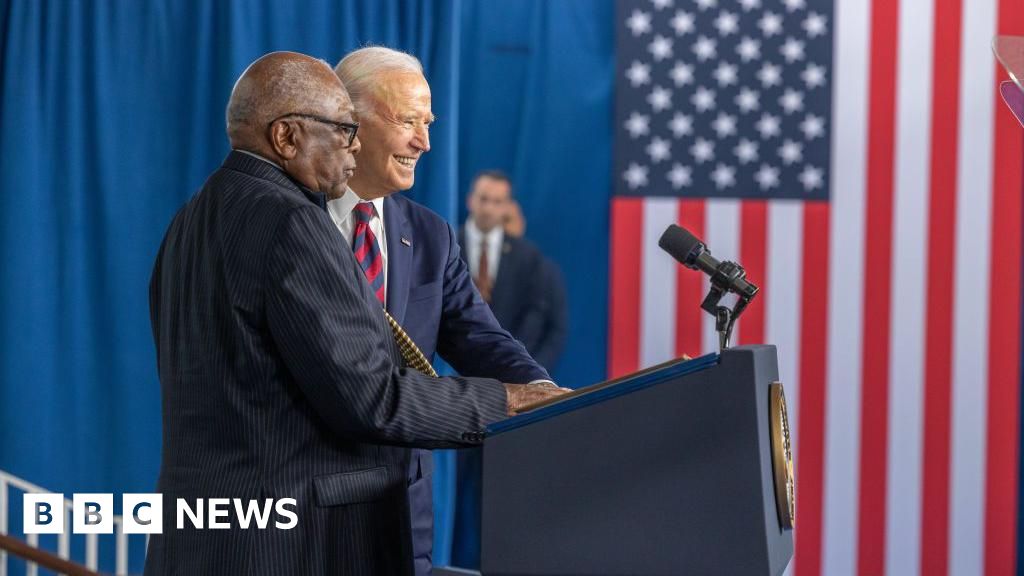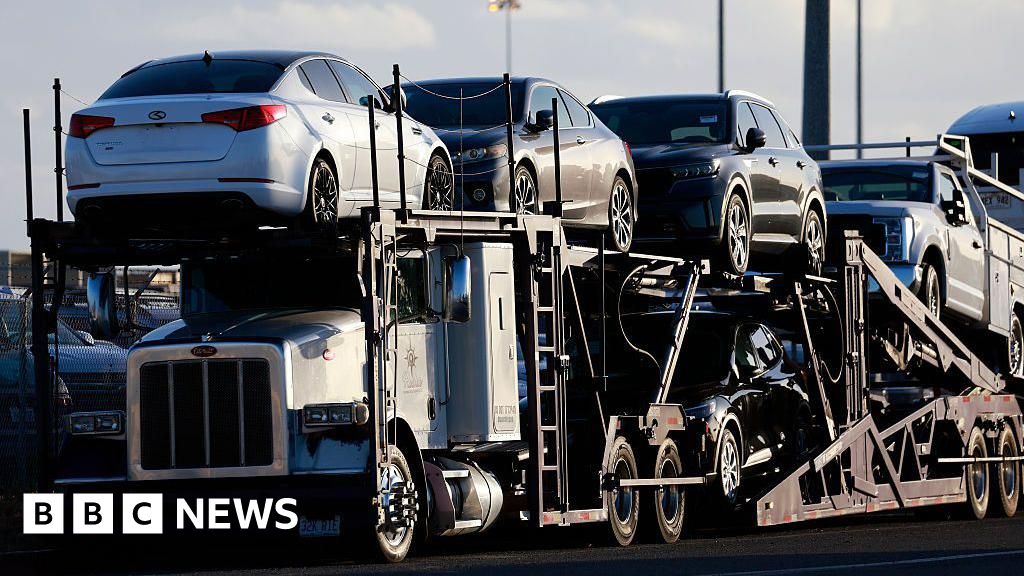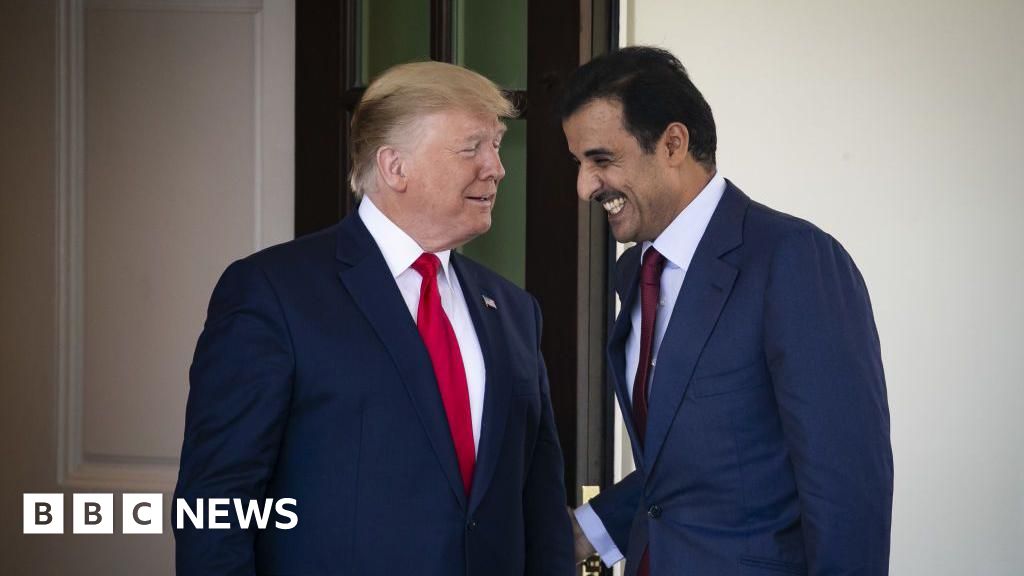It was a Russian war spectacle designed to instill pride at home, impress allies and intimidate foes.
The military parade on Friday in Moscow marking the 80th anniversary of the Soviet victory over Nazi Germany was Russia’s most expansive celebration of the holiday in years, and it achieved at least the first two goals.
More than 180 pieces of military hardware rumbled across Red Square’s cobblestones on a chilly but sunny morning, including some of Russia’s latest artillery systems, drones and armored vehicles used in its invasion of Ukraine. More than 11,500 service members in elaborate uniforms shouted, “Hurrah!” as they marched past the Kremlin’s walls. And a formation of bomber jets exuded exhaust that painted the sky above the onion domes of St. Basil’s Cathedral in the red, white and blue of the Russian flag.
“This is very impressive — you should be proud,” Badr Abdelatty, Egypt’s foreign minister, told me as he walked from the spectator stand.
A part of me was.
I was born in Siberia in the final years of the Soviet Union and was raised watching classic Soviet movies about World War II and attending the much more humble Victory Day parades in my hometown, where I earned my first pocket money collecting empty beer bottles on the street. The Soviet defeat of the Nazis has been Russia’s core nation-building myth since it emerged from the collapse of the Soviet Union in 1991.
My peers and I believed, and continue to believe, that the 27 million Soviet citizens who died in World War II had made an incomparable contribution to the preservation of democracy in Europe. This view unites Russians, regardless of their political views or age.
Standing in the press area during the parade on Red Square for the first time and listening to a World War II song that I knew by heart from childhood — “Get up, immense nation, get up for a mortal fight” — ignited my pride in the sacrifices of my ancestors. But I don’t conflate the memory of World War II with Russia’s militarism today, a central aim of Kremlin propaganda and the core topic of my reporting.
The guests on the stands behind me underlined the Kremlin’s dual public relations message: Russia stands united with its own partners against what it presents as a standoff with the West in Ukraine.
World War II veterans weighed down with medals rubbed shoulders with Russian celebrities in designer outfits, diplomats in suits with grizzled Russian soldiers on leave from Ukraine, the glamorous partners of Russian officials with African officers in desert fatigues and aviator sunglasses.
I don’t remember the last time I saw such diverse headwear at a public event: imitation World War II garrison caps, Cossack high hats, embroidered Iranian baseball caps with oversized visors and the dashing burgundy berets of Burkina Faso soldiers, who took power in a coup three years ago.
On the square, marching Russian soldiers and cadets were joined by visiting detachments from 13 allied nations, including China, Vietnam and Myanmar. On the central covered stand, President Vladimir V. Putin of Russia sat near the heads of over 20 countries, more than double the number who attended the parade last year.
“We won World War II as a coalition,” Oleg, a volunteer soldier from the Russian Army’s Siberia Batallion fighting in Ukraine, told me as he walked to his seat, referring to Soviet and Western allies in the 1940s.
“Being here, I feel that we are not alone,” he added. “And we will win again.”
Later on Friday, he and his companions planned to board a train to rejoin the battle for the besieged Ukrainian town of Chasiv Yar, said Oleg, who agreed to be interviewed on the condition that I use only his first name, in line with military protocol.
The show of might on Friday was not only meant to deepen existing alliances, but also to impress potential partners who could help weaken Western efforts to isolate the Russian economy further.
“We need to build new economic bridges, investor bridges,” Kirill Dmitriev, the Kremlin’s investment envoy, told me on Red Square. Mr. Dmitriev is leading talks with the Trump administration to lift American sanctions and secure new American investment.
As a public relations stunt, the parade was a pricey one. Beyond the cost of transporting and housing tens of thousands guests and participants, the parade brought economic activity in central Moscow, a city of 20 million, close to a standstill for days.
The parade was notable not only for those who came, but also for those who didn’t. In 2005, political leaders who attended included President George W. Bush; President Jacques Chirac of France; Chancellor Gerhard Schroeder of Germany; and the U.N. secretary general, Kofi Annan.
This year, Slovakia’s prime minister, Robert Fico, was the only European Union leader in attendance.
The mix of nostalgia and patriotism was notable among some members of Russia’s cultural elite in the stands, who before the war traveled the world and hobnobbed with Western celebrities.
“Not the whole world came, of course,” said Sergey Mazaev, the dapper frontman of the prominent 1990s Russian rock jazz band Moral Codex. “But the most adequate ones came, because I tell you what: Moscow is the best place for partying in the world.”
The stone-faced officers from Asian countries standing at attention on the square as he spoke seemed unlikely candidates for Moscow’s nightclubs, but Mr. Mazaev’s point was taken.
The columns of soldiers and armored vehicles on the square played up the stereotypes of Russia’s inexhaustible resources and will at the heart of the country’s national identity and global projection. From an early age, we were taught in schools and by popular culture that Russia’s vastness, mixed with time, had swallowed up Nazi invaders, Napoleon’s armies and Teutonic knights — the great military powers of their eras.
The spectacle on parade signified to Russians watching on television and foreign visitors in the stands that no matter how many Russian soldiers are killed or maimed in Ukraine, Russia will raise and train more; no matter how many sanctions strangle its economy or Ukrainian drones blow up Russian warehouses, new tanks and howitzers will keep rolling from its factories.
Though a powerful display, it masked Russia’s difficulties on the battlefield and in the economy.
After the parade ended, I spotted Grigoriy Ponomarenko, one of the few hundred surviving Soviet veterans who saw combat in World War II.
“The Russian people are the most tenacious people in the world,” said Mr. Ponomarenko, 99, who fought all the way to Berlin and shortly after Germany’s capitulation served as a bodyguard during the Potsdam Conference talks between Allied leaders. He said he saw Joseph Stalin and Winston Churchill. “I wouldn’t eat for two days on end; all I cared about was that my pockets were filled with bullets.”
Mr. Ponomarenko came to the parade from the occupied Ukrainian city of Luhansk, where he was born and was drafted at 18 into the Soviet Army following the Nazi invasion.
“I am very happy that we are Russia now, because we speak Russian, we are Russian,” he said about his hometown, as a tear formed in his eye.
A push for what the Kremlin sees as ethnic unity between Russian and Ukrainian people, at least those in the country’s east, is one of Moscow’s central justifications for invading Ukraine.
Speaking to Mr. Ponomarenko made me realize the power of the Kremlin’s exploitation of World War II’s historical memory: Many in Russia believe they are once again defending their own.



